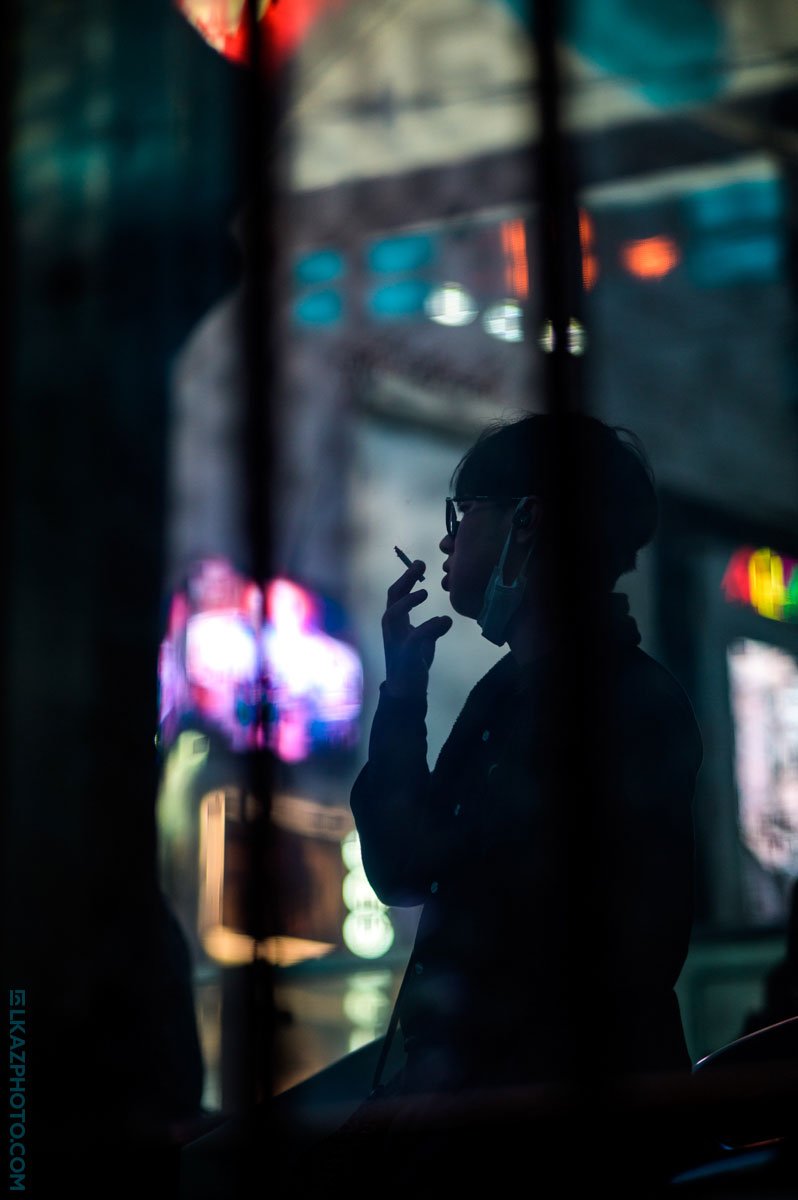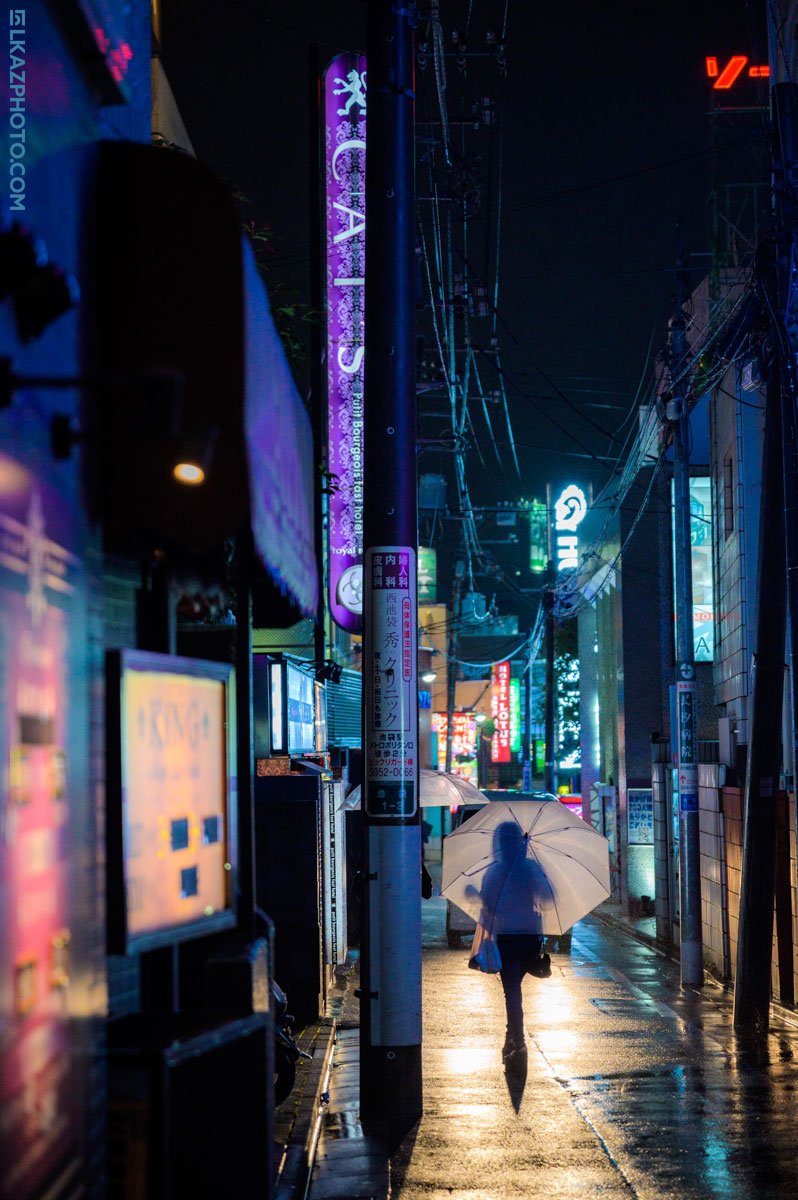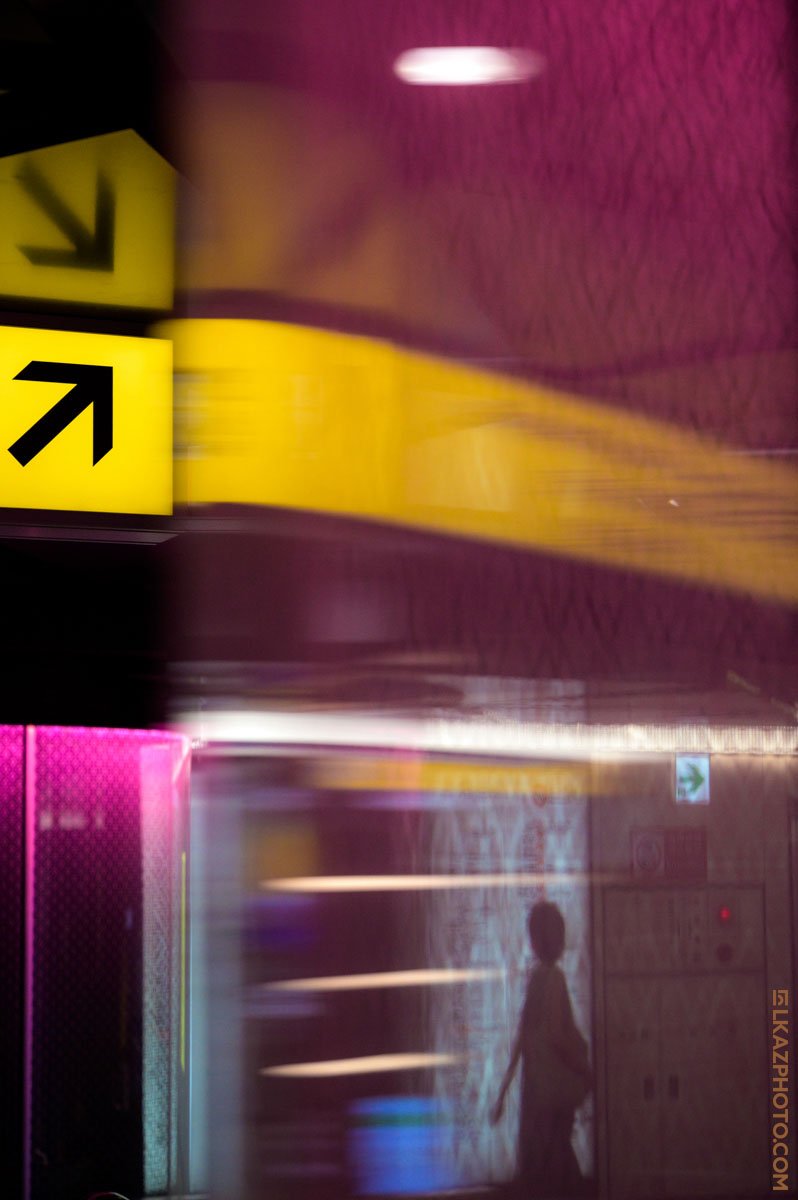In his 1980 book, Camera Lucida, Roland Barthes introduces two concepts for understanding a photograph: studium and punctum. In this article, I would like to explain my personal interpretation of these ideas and how I apply them to my own photography, and street photography in particular. It is not my intention to summarize Barthes’ book. If you’d like a deep understanding of his ideas, I highly recommend reading it!
Think of this article as a personal digest of that material. I emphasize that my ideas here are very much a mutated interpretation of the original. This is intentional! We should all absorb the philosophical understanding we gain from others and make it useful for ourselves, in our own unique contexts. So, I encourage you to do the same upon reading my short piece on the matter, as well as Barthes’ original deep dive.
Understanding a Photograph
The book centers around studium and punctum. Wikipedia summarizes the two concepts as such: “studium denotes the cultural, linguistic, and political interpretation of a photograph, and punctum denotes the wounding, personally touching detail which establishes a direct relationship with the object or person within it.” Whereas the book approaches photography from the standpoint of the viewer, I want to explore these concepts from the perspective of the photographer in the moment of actually creating a photograph. To me, studia and puncta already exist out in the universe. We as photographers merely seek them out, interpret them, and encode them into images (either analog or digital).
To convert these abstract concepts into practical creative tools, I find it necessary to somewhat modify their meaning, even with the risk of leaving Barthes’ original interpretation entirely. Again, my goal here is not to explain, but to re-construct them into something useful for the practicing photographer.
First, let’s modify studium. Whereas Barthes’ considers it to be an interpretation of a photograph that is grounded in culture, language, and so on, I consider it to be the narrative and logical purpose of a photograph. The studium is the primary ‘why’ of the making of the photograph. Why am I framing this object in this context? Why am I framing out these other objects? Why this angle? Why this lighting? Why this medium (e.g., film or digital)? It is everything that denotes the action of creating the photograph itself. It is the story of the scene within, its context within reality, the composition, the framing, the editing, and so on.
The studium is the story of a Tokyo man after hours…
…but my punctum is the toothpick.
The studium, to me, is the reasoning behind the image. It is the because—I frame it this way because it tells the story I want to tell. It should also be emphasized that the studium encompasses the entire photograph, its context, the process of its creation, in fact everything about it.
On the other hand, a punctum may or may not exist in a photograph. It may vary from moment to moment, and it is entirely subjective (whereas the studium is a mix of objective and subjective reality). As a photographer working in a scene, I may at one moment interpret many puncta. These are the details that create a subconscious hook that naturally attracts me (my eye and mind) to a scene. Often, my attention finds them involuntarily and they may or not lead to the creation of a photo.
Puncta can be anything: the way light hits an object, a peculiar geometric coincidence, a subtle expression or hand gesture, a texture or a color. A punctum is just something in a scene that leads to an emotional response that is not directly connected to anything that can be easily explained with logic and language. It is a catalyst to feeling.
Practical Applications
Okay, I’ve inundated you with some fluffy ideas, but how is this useful? I find this formulation helps me understand why I shoot what I shoot and how it resonates with me in the moment of shooting. By understanding this, I can create images that are sharper and more poignant. It also helps me in the editing and selection process. I can better feel which image has value (at least to me, but potentially to the viewer) if I can understand why I created it (the studium) and how it connects to me emotionally (the punctum).
So, when I am out shooting in the city, I try to carefully consider why I am taking a particular photo. Of course, mindfulness is part of the equation as well, which means remaining in the moment, without judgment, accepting what I encounter. As I bring my camera up to my eye, I ask myself why I am taking this particular photo. In a sense, a photograph (and perhaps all art) is an answer to various questions that we ask ourselves in the process of its creation. Sometimes the answers are simple, but other times they are not.
The studium is everything that can be said about this scene, but my punctum is the moment, her gaze, the light on the face.
On occasion I put down the camera without pressing the shutter release, having decided that the photo is not worth taking. Sometimes this is because I feel the scene should not be photographed for moral reasons (perhaps to preserve someone’s dignity and privacy in a difficult moment), but there have also been times when the scene simply did not make sense to me—the reason for the photograph was not clear enough. It lacked a clear studium.
Having said all that, I feel the punctum concept to be much more relevant and useful when practicing street photography. It’s not uncommon for me to encounter very specific details in my meanderings around the city and fixate on them intensely, with the urge to make a picture being only secondary. As I described above, these details could be anything. They may also be very fleeting moments in time, which, to me, connects the concept of punctum to the decisive moment coined by Henri Cartier-Bresson. In any case, puncta are like portals that provide access to studia. They captivate me and cultivate an instinctual urge to ‘work the scene’ and find a studium that fits the punctum that absorbs my attention at that moment.
Studium: life in Tokyo. Punctum: tip-toes.
It is also important to bear in mind that the viewer of a photo may or may not share the same punctum. What the photographer scenes as a pivotal detail may well be ignored by the eventual viewer of the photo. I personally feel this is not relevant to my work in the moment. I focus on my personal subjective experience. However, it is always a pleasant surprise when viewers of my work point out their own puncta in my images, especially details or aspects that I had not noticed myself.
That is in fact the crux of it all: photography (as any art form) is a deeply personal process and experience. Photography is not so much concerned with creating photos as it is with discovering one’s own values. By being conscious of the studium/punctum concept we can be more introspective when it comes to our photographic interests and motivations. Circling back to the idea of questions and answers—the universe poses the question, and the photo is our answer. But to be able to answer such questions genuinely and authentically, we must understand ourselves.











